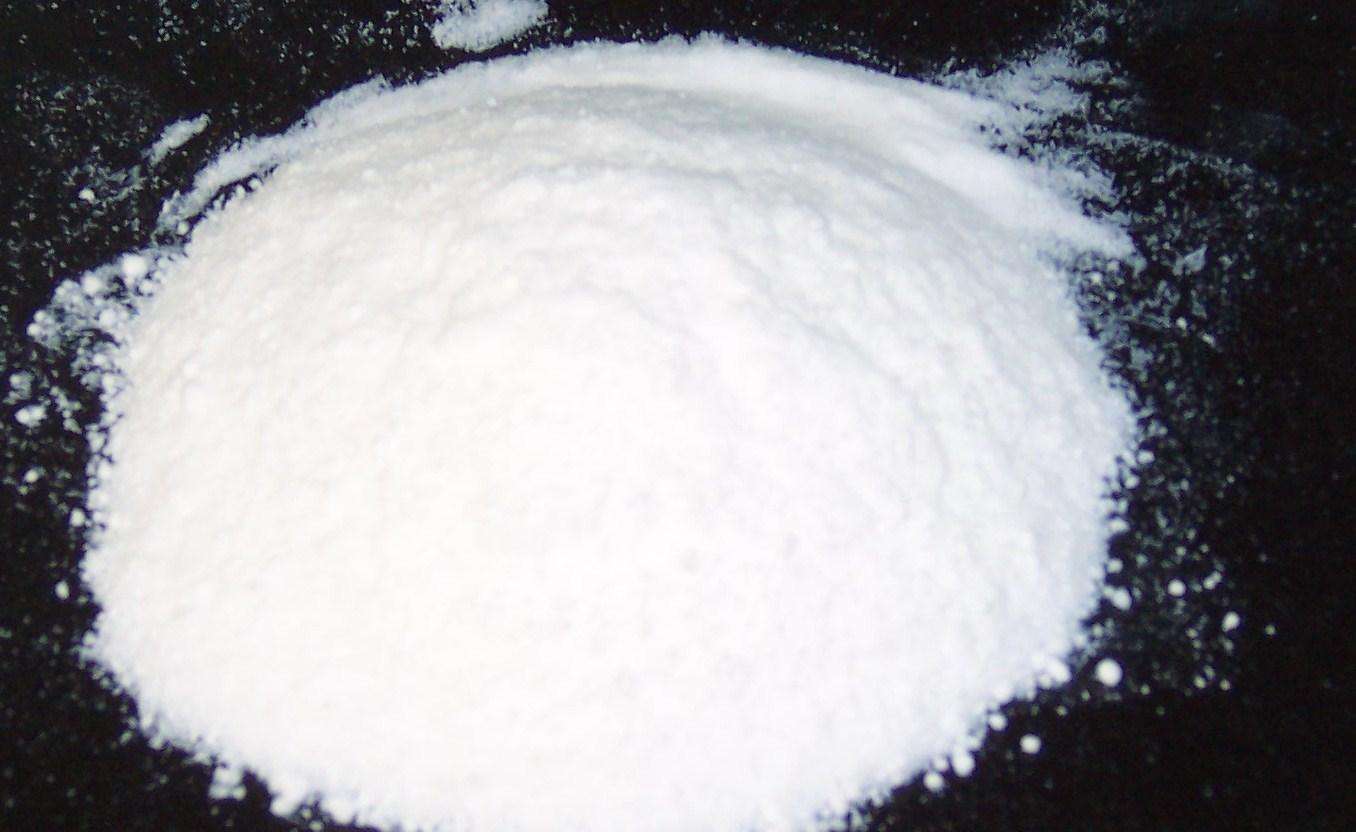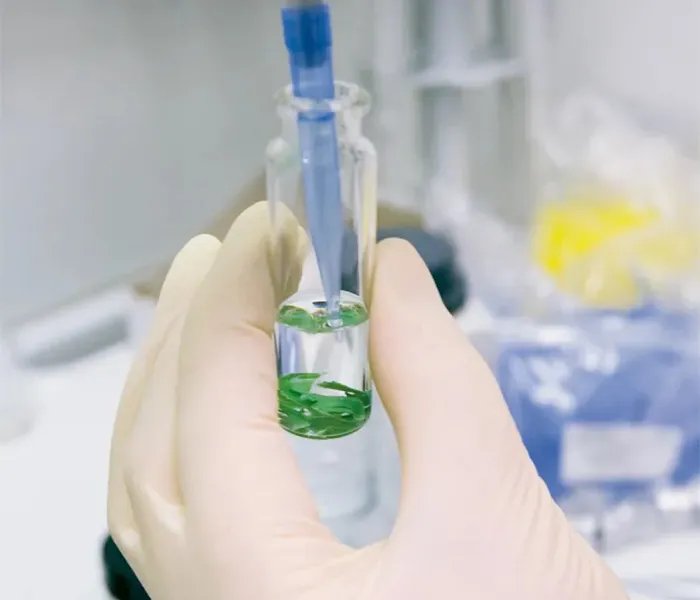According to the frequently asked questions, this article sorts out the three most frequently asked questions to help you better understand fumed silica

What is Fumed Silica?
Fumed silica, also known as fumed SiO2, refers to silicon dioxide that exists in the form of gas under high temperature conditions. At normal temperature and pressure, silicon dioxide is solid, in the form of white crystals or amorphous powder. However, by certain physical or chemical methods, silicon dioxide can be heated to a high temperature so that it can be transformed into a gaseous state.
Fumed silica is commonly used in industrial processes such as semiconductor manufacturing. A common method of obtaining fumed silica is chemical vapor deposition (CVD), in which a silicon source compound (such as trichlorosilane) reacts with oxygen at high temperature to produce SiO2 in the gas phase. This gas can be used in many applications such as coating, insulation, masking, such as manufacturing integrated circuits, optical fibers, coating materials, etc.
It should be noted that under normal atmospheric conditions fumed silica is unstable and will rapidly transform to solid silica. Therefore, fumed silica is mainly used under high temperature, low pressure or special conditions, and it is not common in routine daily life.
What are the functions of fumed silica?
Fumed silica has many uses in industry and science. Here are some common applications:
Semiconductor manufacturing: Fumed silica is widely used as an insulating layer material for semiconductor devices (such as integrated circuits) for protection, isolation and surface covering of electronic components.
Optical fiber manufacturing: Fumed silica can be used as cladding material of optical fiber to provide protection and enhance the transmission performance of optical fiber.
Silicon-based thin-film coating: fumed silica can be used to prepare silicon-based thin-film coatings for optical coatings, mirrors, anti-reflection coatings, etc.
Surface coating and protection: Fumed silica can form a uniform coating on the surface of various objects by CVD and other methods, providing protection, wear resistance, corrosion resistance and insulation properties.
Biomedical application: Fumed silica can be used in the biomedical field, such as the preparation of biomaterials, drug delivery carriers, biosensors, etc.
Battery technology: Fumed silica can be used to prepare separator materials for lithium-ion batteries, helping to improve battery performance and safety.
Gas adsorption material: The porous structure of fumed silica makes it have excellent adsorption performance, which can be used to prepare gas adsorbents and separation materials.
These are just some application fields of fumed silica, with the development of technology, more new applications may appear.
What to pay attention to when using fumed silica?
When using fumed silica, you need to pay attention to the following points:
Safe Handling: As with any laboratory work, ensure proper safe handling procedures are followed. Wear appropriate personal protective equipment such as a lab coat, gloves, goggles, and a mask.
Avoid Inhalation: Fumed silicas are fine solid particles that are easily airborne and should therefore be avoided by inhalation. Ensure adequate ventilation during handling and use respiratory protective equipment if required.
Avoid Skin Contact: Avoid direct skin contact of fumed silica as its fine particles may cause irritation or injury. During handling, wear appropriate gloves and keep exposed skin areas clean.
Dust Control: When handling fumed silica, take care to control the release of dust and dust. Use wet methods or a well-designed dust collection system to reduce dust generation and dispersion.
Storage and Packaging: Store fumed silica in a dry, airtight container away from moisture and moisture. Make sure the packaging is complete to prevent dust leakage.
Disposal of waste: Proper handling and disposal of used fumed silica and related waste. Separate waste and dispose of it to an appropriate waste disposal facility according to local regulations.
Understanding Material Properties: Before working with fumed silica, become familiar with its properties, uses, and interactions with other substances. Consult relevant literature and safety data sheets to ensure proper handling and handling.
Paying attention to these safety measures can minimize potential risks and protect the safety of personnel and the environment. If you have any doubts or unexpected situations, you should seek help and advice from relevant professionals in time.





